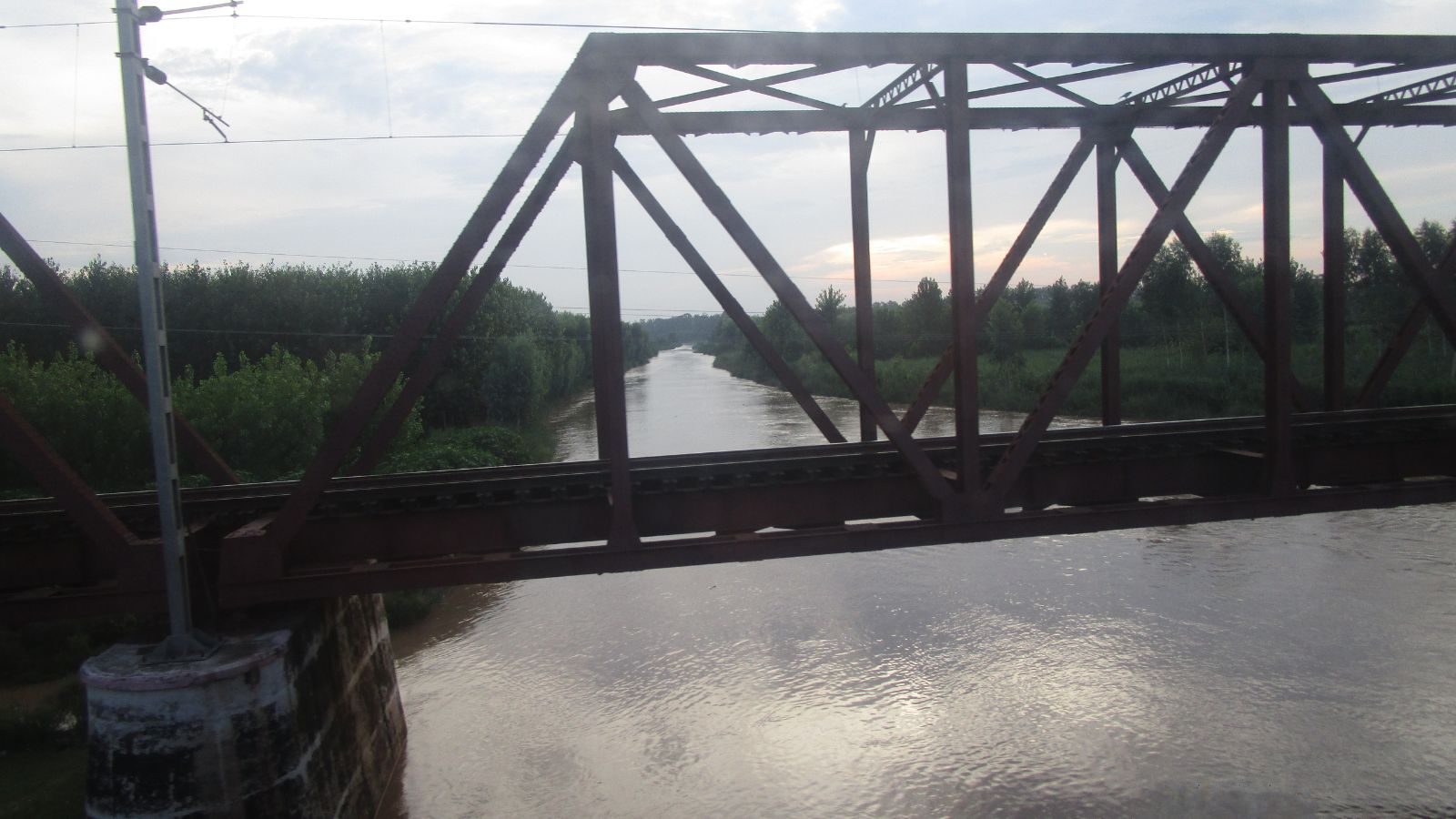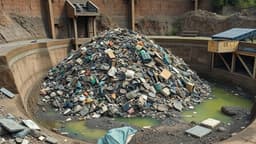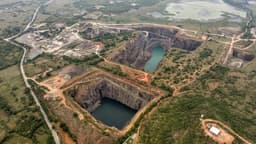Home / Environment / Tribunal Slams Deficient Responses on Markanda River Pollution
Tribunal Slams Deficient Responses on Markanda River Pollution
16 Oct
Summary
- NGT terms pollution and encroachment reports "materially deficient"
- Orders pollution boards and infrastructure company to submit fresh reports
- River caused significant damage to agricultural fields during recent monsoon

In a concerning development, the National Green Tribunal (NGT) has found the responses submitted on the pollution and encroachment levels in the Markanda River to be "materially deficient". The tribunal's Principal Bench, comprising Justice Arun Kumar Tyagi and Dr. Afroz Ahmad, has now directed the Himachal Pradesh Pollution Control Board (HPPCB), Haryana State Pollution Control Board (HSPCB), and Kala Amb Infrastructure Development Company (KAIDC) to submit fresh, detailed reports on the matter.
The Markanda River, which originates in Sirmaur district and flows through Ambala and Kurukshetra in Haryana, has been the subject of two applications filed before the NGT. These applications highlighted the discharge of untreated industrial effluents and sewage into the river, as well as encroachment issues. The tribunal has expressed dissatisfaction with the lack of complete data and clarity provided in the previous responses, particularly regarding the management of industrial effluents, sewage disposal, and land ownership along the river's course.




